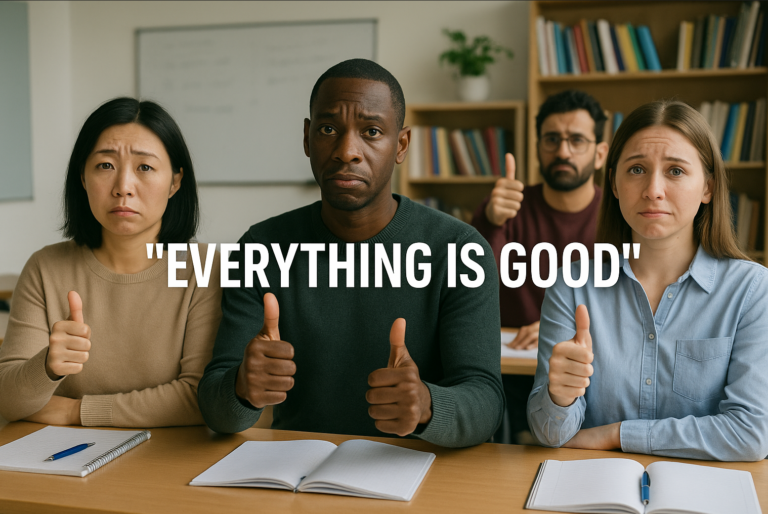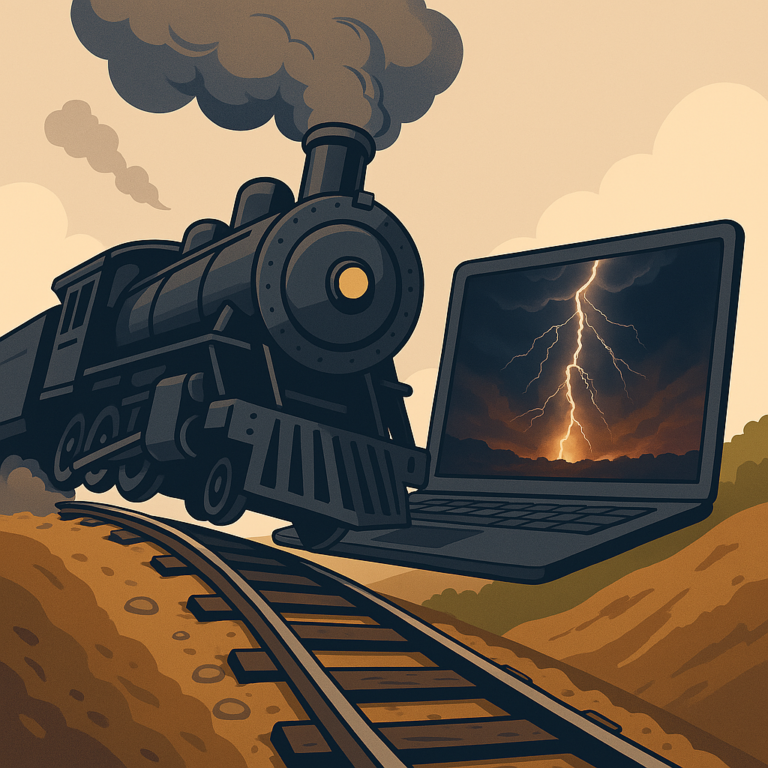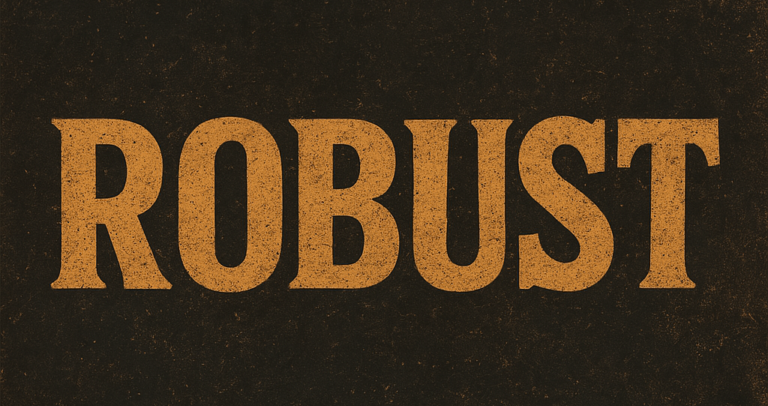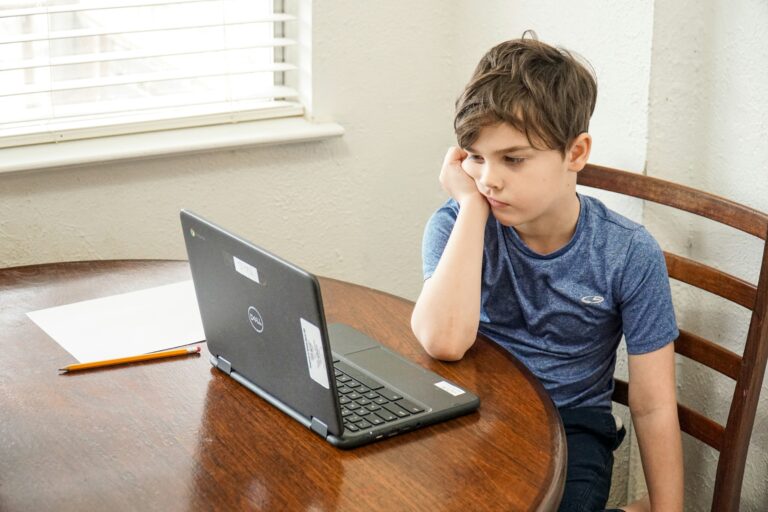The Little Red Hen Approach
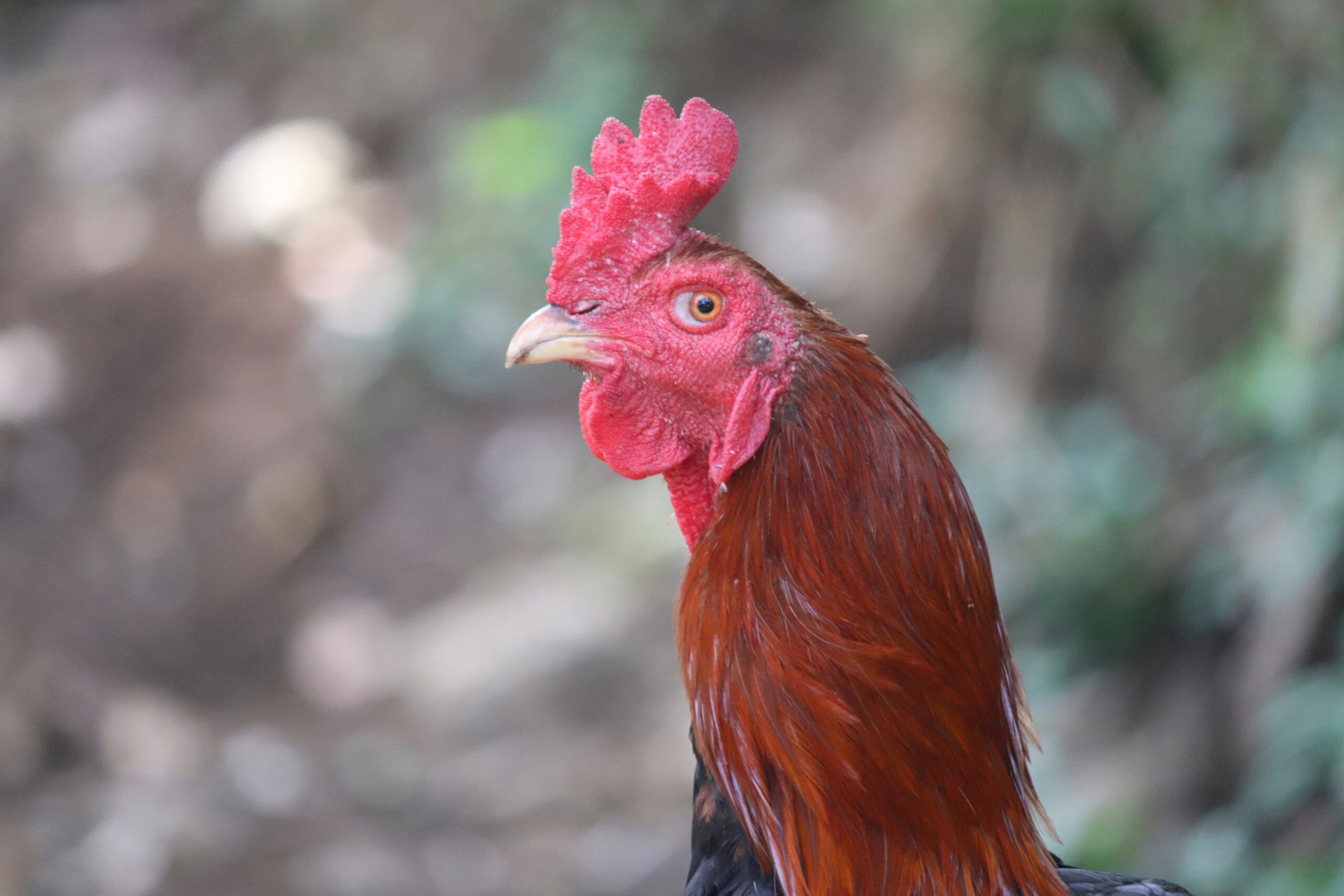
Featured image by Mufid Majnun on Unsplash
Kati’s reflection on creating OER
“I’ll do it myself!” said the Little Red Hen. And she did.
In the story of The Little Red Hen, none of the other farm animals want to help the Little Red Hen with all of the tasks involved in baking the bread. I felt much like the Little Red Hen throughout the process of creating the materials for my interactive book.
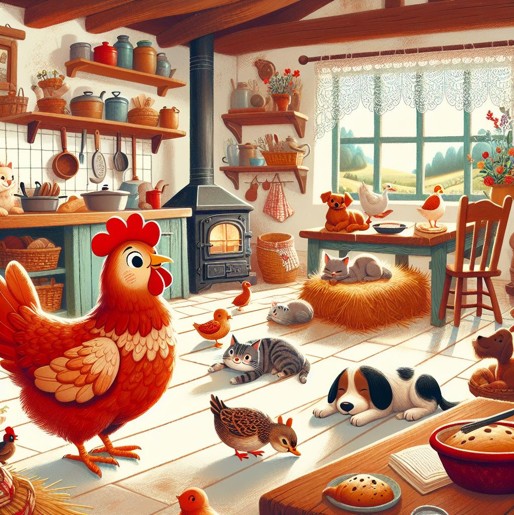
Limitations of open educational resources
As we learned about open educational resources (OER) and inclusive design for learning, we became excited about the possibilities that OER could open up for our learners. In theory, OER break down barriers and promote equality. Unfortunately, however, according to Iniesto and Bossu (2023) “Equity, in the context of open education, means that free or open does not necessarily translate into access to all learners from all contexts and backgrounds” (p. 696). As Tiffany and I discovered, it was impossible to find resources that we could use for our students that were appropriate for our students’ specific needs. So, much like the Little Red Hen, we decided we needed to do it ourself. That’s when we set out to create our own videos and interactive content.

The potential of videos and interactive media
Through our research for our literature review, we learned that video can be a powerful medium for teaching when integrated into the classroom effectively. According to Bates (2022), well produced videos can promote higher level thinking and make abstract principles more concrete. Kleftodimos (2024) claims that animated videos not only improve learning outcomes, but they also increase student motivation and satisfaction. I’m sure my Grade 2 co-designers would agree with this statement, seeing as they were fascinated by the pulsating punctuation marks in my video.
We also learned, through our research, that enhanced features in interactive content can promote retention and understanding (Ploetzner, 2024). When we heard about H5P, we immediately saw the potential it held for us to transform passive experiences into active learning. We recognized that H5P could allow us to create materials that align with the three dimensions of inclusive design for learning. Not only does it offer choice for learners, but the open-sourced platform makes it easy for teachers to create, adapt and share content. Through leveraging the use of interactive media, educators can reach diverse learners by creating more innovative, adaptable, accessible and inclusive teaching materials.
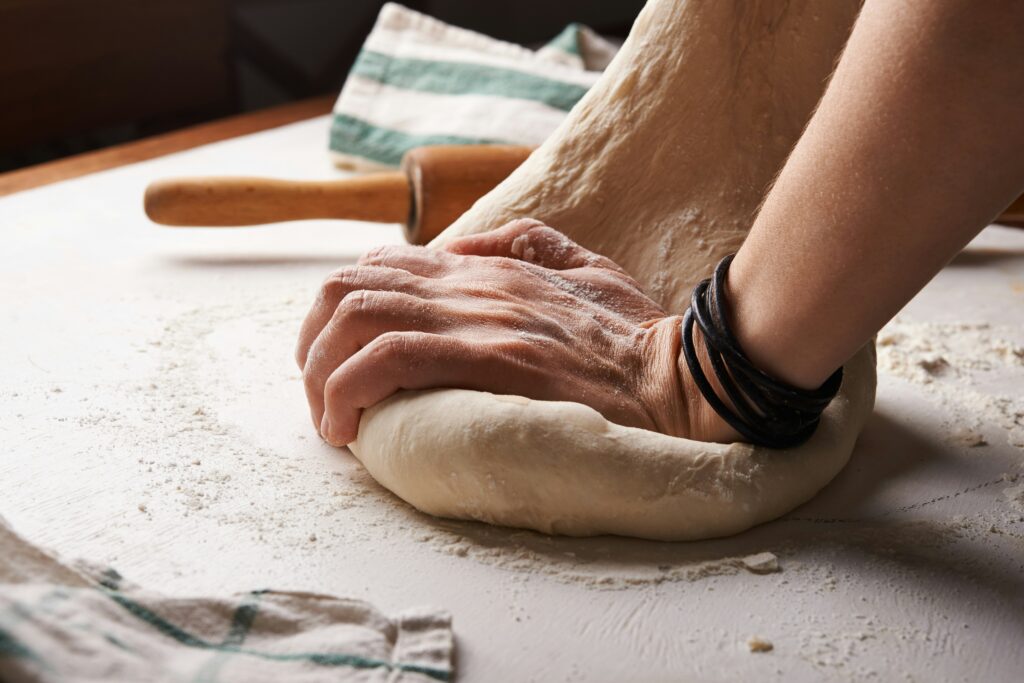
Going from wheat to bread
Cesare and colleagues (2021) remind us that, “effective pedagogy must remain at the heart of technology-infused instruction” (p. 82). So, we knew we couldn’t just open up YouTube and find videos that were appropriate and accessible to our marginalized learners. We would need to make them ourselves. Much like the process the Little Red Hen followed to turn wheat into bread, there were many steps that Tiffany and I needed to follow in creating our resources. This involved learning how to use H5P, YouTube and Power Point. Ensuring our videos were accessible was a challenging task in-and-of itself, just with generating and uploading the caption files alone. In the end, though, we both feel that the effort that we put in to creating our videos and interactive content resulted in robust media for marginalized learners.
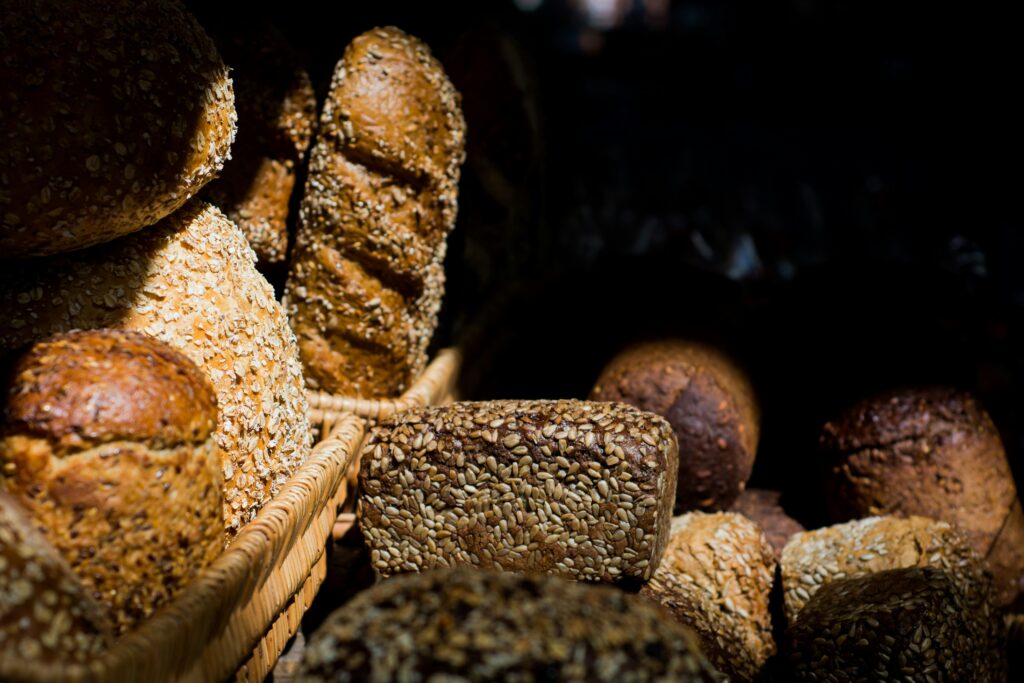
Sharing the bread
Following inclusive design for learning principles and practices, we are aiming for a broad reach with our resources. As Watkins et al. (2020) explain, “Open education offers a global learning community that supports the collective production of a range of learning resources to meet a given learning goal for a range of learning needs” (p. 6). We initially considered making our videos copyright, to protect our identities, but later decided that a creative commons “no derivatives” license was more appropriate. Since we couldn’t find resources ourselves, we wanted to contribute to the solution – not to the problem.
We plan to continue to create inclusive multimedia for our own learners and continuously grow our website and increase our reach. We also hope that in the future we will be able to find sites similar to ours that offer resources to suit a variety of learning needs. Unlike the Little Red Hen, Tiffany and I did not decide to “eat the bread” all by ourselves.
References
Bates, A. W. (Tony). (2022). Teaching in a digital age: Guidelines for designing teaching and learning (3rd ed.). Tony Bates Associates Ltd. https://pressbooks.bccampus.ca/teachinginadigitalagev3m/
Cesare, D. M. D., Kaczorowski, T., & Hashey, A. (2021). A Piece of the (Ed)Puzzle: Using the Edpuzzle Interactive Video Platform to Facilitate Explicit Instruction. Journal of Special Education Technology, 36(2), 77–83. https://doi.org/10.1177/0162643421994266
Iniesto, F., & Bossu, C. (2023). Equity, diversity, and inclusion in open education: A systematic literature review. Distance Education, 44(4), 694–711. https://doi.org/10.1080/01587919.2023.2267472
Kleftodimos, A. (2024). Computer-Animated Videos in Education: A Comprehensive Review and Teacher Experiences from Animation Creation. Digital, 4(3), 613–647. https://doi.org/10.3390/digital4030031
Ploetzner, R. (2024). The effectiveness of enhanced interaction features in educational videos: A meta-analysis. Interactive Learning Environments, 1–16. https://doi.org/10.1080/10494820.2022.2123002
Watkins, C., Treviranus, J., & Roberts, V. (2020). Inclusive Design for Learning: Creating Flexible and Adaptable Content with Learners. Commonwealth of Learning (COL). http://hdl.handle.net/11599/3690
The Little Red Hen Approach © 2025 by Kathini Dreilich is licensed under CC BY-NC-ND 4.0

